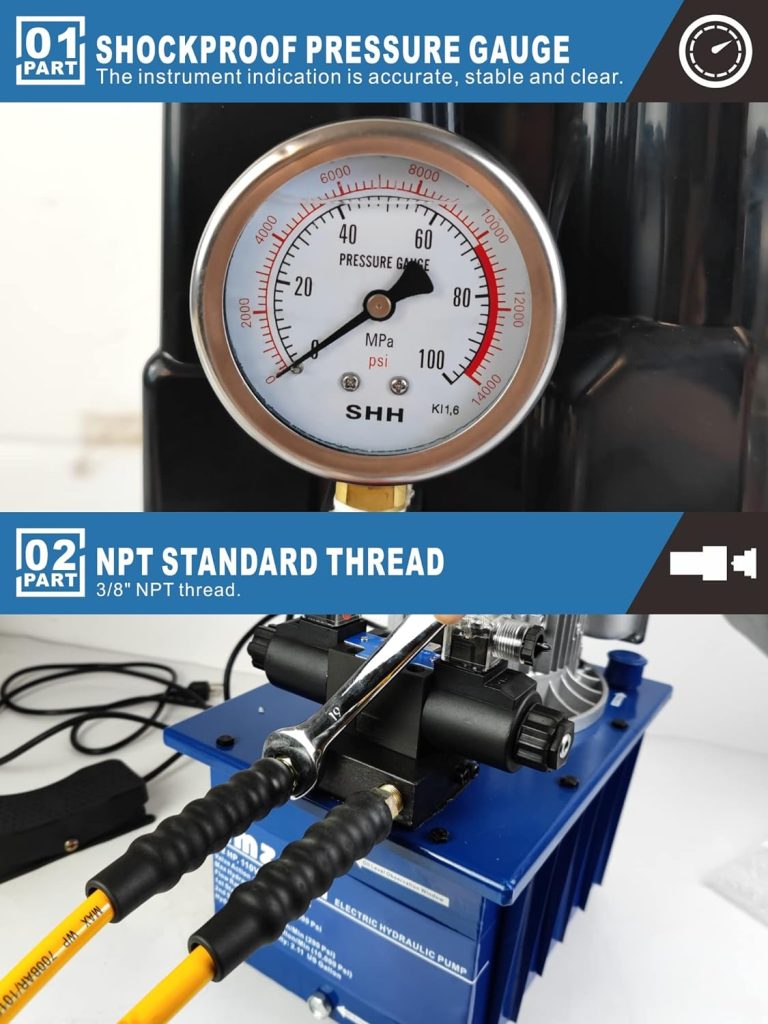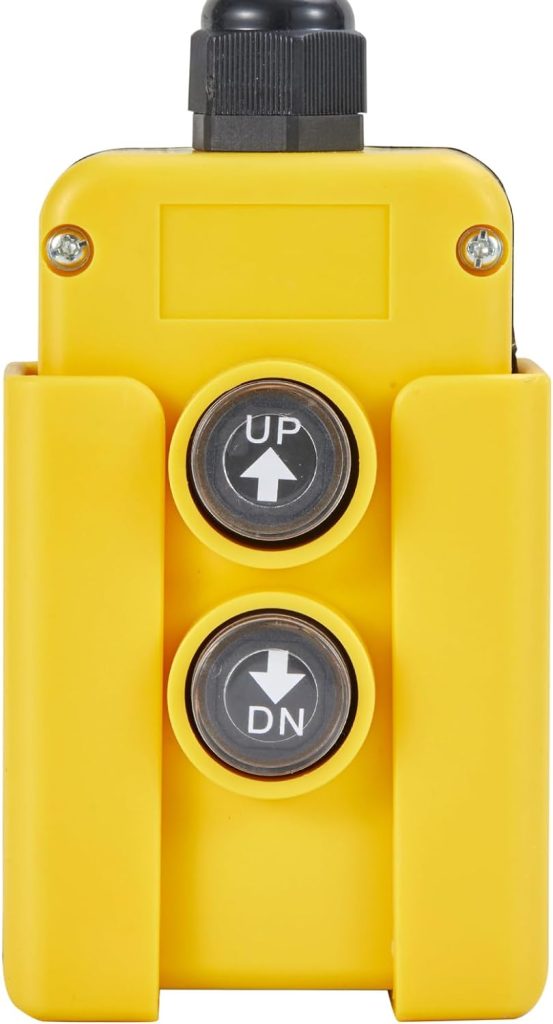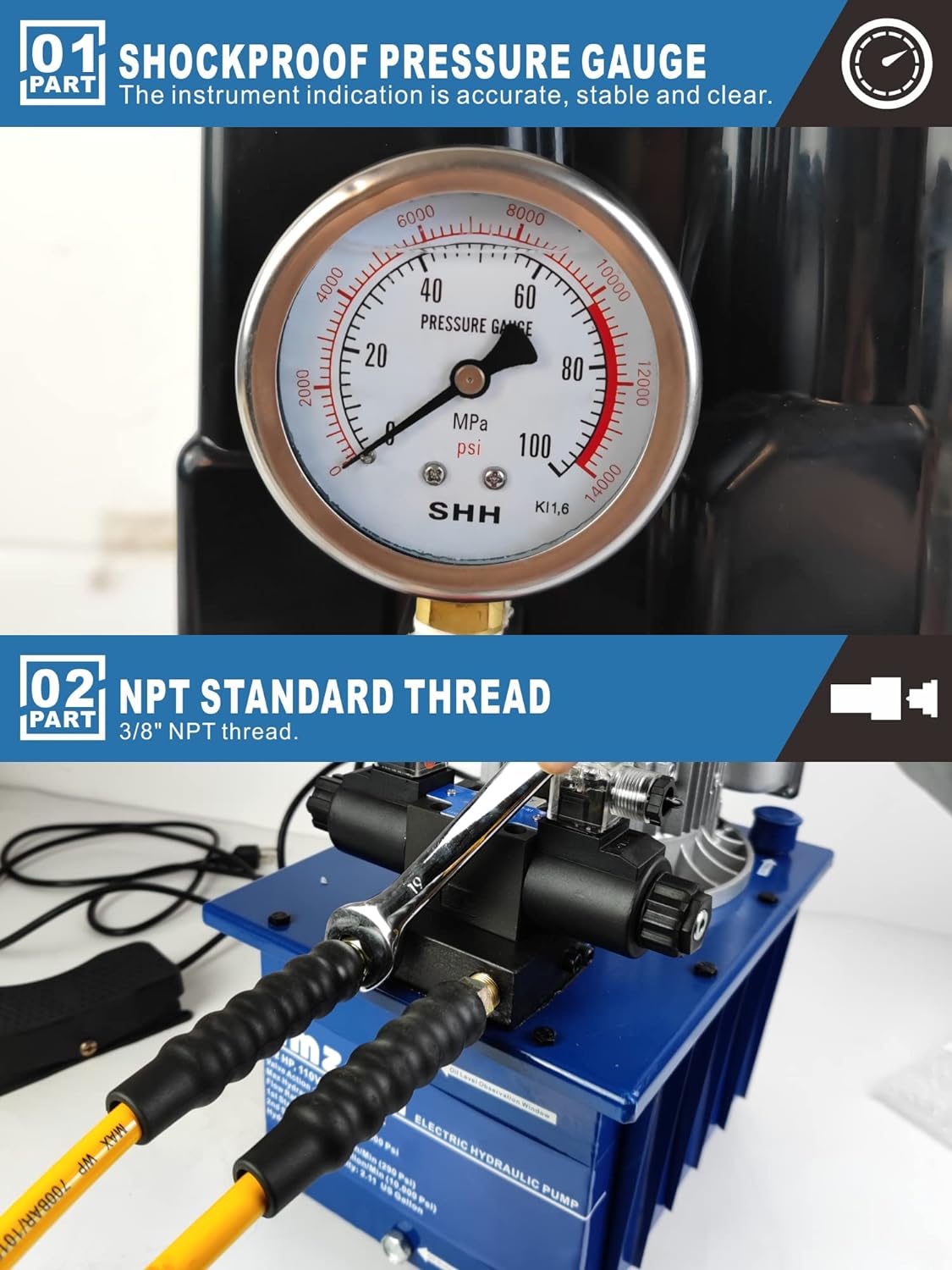A hydraulic ram pump operates on a simple yet ingenious principle that utilizes water pressure and kinetic energy to pump water without requiring external power sources like electricity or fuel. Here’s a concise explanation of how it works, similar to the principles observed in a Chair Hydraulic Pump:
Mechanical Input: The hydraulic pump receives mechanical input from a prime mover, which could be an electric motor, internal combustion engine, or other power source. This input drives the pump’s mechanism.

Fluid Intake: Hydraulic fluid is drawn into the pump from a reservoir through an inlet port. The fluid is usually oil-based and chosen for its lubricating properties and ability to handle high pressures.
Pressure Generation: As the pump operates, it creates suction at the inlet port, drawing hydraulic fluid into the pump chamber. The rotating action of the pump mechanism pressurizes the fluid, increasing its energy potential.
Output Flow: Pressurized hydraulic fluid is then forced out of the pump through an outlet port. The flow rate, measured in gallons per minute (GPM), determines the volume of fluid delivered by the pump per unit of time, such as the 16 GPM hydraulic pump.
Directional Control: Valves within the hydraulic system control the direction of fluid flow and regulate the amount of pressure applied to hydraulic actuators, such as cylinders or motors.

Work Performance: The pressurized hydraulic fluid is directed to hydraulic cylinders, motors, or other components where it performs mechanical work. This can include lifting heavy loads, moving machinery components, or providing precise control in various industrial applications.
Return and Circulation: After performing work, the hydraulic fluid returns to the reservoir to complete the hydraulic circuit. This continuous cycle ensures a steady supply of pressurized fluid for ongoing operations.
